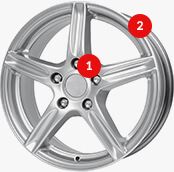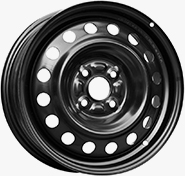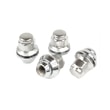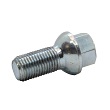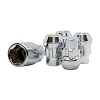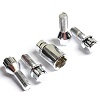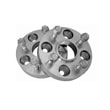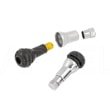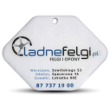Differences between summer and winter tires
In countries such as the Czech Republic, Finland, Germany and Romania, winter tires are compulsory. Polish law ? despite the frequently recurring topic? it does not force drivers to behave in this way. However, this does not change the fact that when snow is on the streets, the air temperature approaches zero values, changing tires to tires designed for use in December, January or February is a manifestation of a rational approach to life. How are winter tires different from those we use for most of the year? Is it really worth investing in?
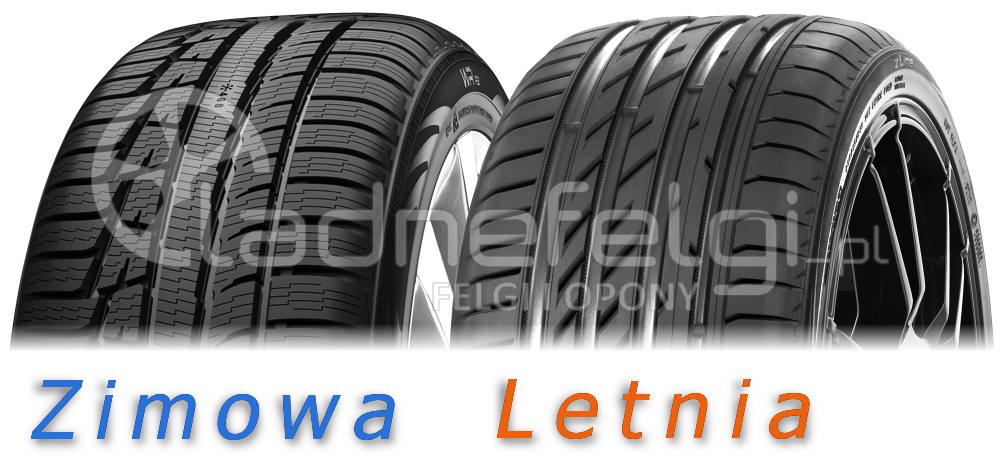
According to statistical data, the risk of accidents in winter is six times higher than during warm days . It is caused by lower temperature, reduced visibility or falling snow. One of the structural elements of a vehicle that has a direct impact on its adhesion to the ground are tires . In addition to sizes or prices, they differ in the period in which they should be used? we distinguish between summer and winter tires. Let's find out what makes them different and how it translates into traffic situations.
Summer only in summer, winter only in winter
You can see the differences between winter and summer tires at first glance. In the case of the former, the tread is formed by grooves, thickenings, lamellas or cuts that ensure greater grip of the vehicle on snow. The tread of winter tires has been designed specifically for this time of the year and it is then that its task is to improve road safety. What is worth emphasizing, winter tires have self-cleaning properties ? this is due to the rotation of the wheels.
Summer tires are definitely smoother , designed so that as much of them as possible is in contact with the ground. It works perfectly on warm days, providing excellent adhesion to clean asphalt.
However, the differences between summer and winter tires are not only visual. What is most important is invisible to the naked eye. Due to their readiness to work in low temperatures, winter rubbers do not harden when the thermometer outside the window shows a few lines below zero. This property is the result of the use of silica - a component of rocks, sand and various minerals, which positively affects the tire grip on snow and skid resistance. Therefore, winter tires are relatively soft, and they acquire adequate stiffness only on cold days . However, it does not work in the warm seasons.
When the heat outside the window, and even gentle sun, summer tires will present their full potential, as they do not heat up quickly , they behave perfectly in high temperatures, ensuring the right properties for driving on warm days.

Use tires for their intended purpose
Someone called summer and winter tires to suggest owners when to use them. Designed for specific seasons of the year, they will show their full potential when they should be on the move. Any deviation from these standards will not guarantee adhesion and safety. Therefore, we strongly recommend that as soon as the temperature drops below the conventional 7 degrees Celsius , visit the vulcanizer and replace the summer rubber with winter ones, and when the time of cold temperatures ends, decide to return to the previous state.

